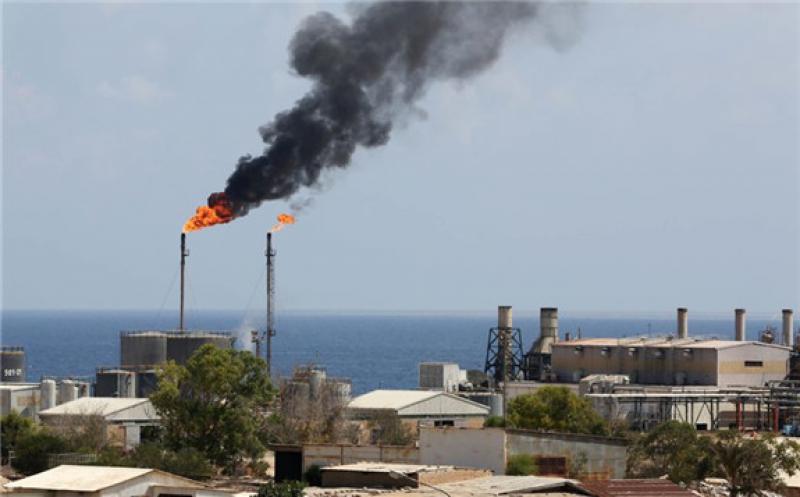Libya has the potential to boost its oil output by as much as 200,000 b/d by the end of the year, depending on the security situation, an executive from Austria’s OMV said, as the OPEC producer prepares to hold parliamentary and presidential elections on Dec. 24.

“Libya is at the upper limit of the range they can do till the end of the year,” said Vladimir Langhamer, managing director of supply & trading at OMV, at a Gulf Intelligence webinar that was posted Aug. 4.
“There is, I would say, another really 100,000-200,000 b/d that can come out of that if everything ends up correctly. They have a potential for more, but it needs time and it needs investments.”
OMV is active in Libya, with a significant stake in the country’s largest oil field Sharara and in the Nafoora Augila fields. The Austrian energy company is also present in blocks C103, NC29/74, C102 in the North African country.
OMV reported July 28 a 6% rise in second-quarter oil and gas production, helped by returning Libyan volumes. During the quarter, OMV’s average production rose 26,000 b/d of oil equivalent to 490,000 boe/d, driven by rising volumes in Libya, Malaysia and Tunisia.
Libyan production was at full capacity during the entire quarter, OMV said, recovering from the impact of force majeures due to attacks in the year-earlier period.
State-owned National Oil Corporation has been hoping to pump as much as 1.45 million b/d by the end of 2021, but it is also facing persistent technical and maintenance issues.
Libya’s crude production has been averaging around 1.15 million-1.20 million b/d in the past two months, according to the S&P Global Platts estimates.
A lack of finance allocated for maintenance and repairs caused by political instability has made it difficult for NOC to maintain the assets, keeping a lid on output.
On July 26, a well erupted at one of the three oil fields operated by the Zueitina Oil Co., an NOC subsidiary.
“The issue was resolved a day later but serves as a reminder of Libya’s ongoing technical supply issues,” S&P Global Platts Analytics said in a recent note. “Given rising risks of destabilization and persistent outages, we lowered our crude supply forecast for July to Sept. by 70,000 b/d to 1.1 million b/d.”
Libya’s production recovery had gathered pace in the past months, bolstered by the formation of the interim Government of National Unity, ending years of civil conflict between the Government of National Accord and the self-styled Libyan National Army.
The upcoming elections in Libya may be a destabilizing factor in the country, Langhamer said.
“There are elections in Libya and so around elections, I’m certain things will get potentially a bit more wobbly and certainly a bit more insecure in those circumstances,” he said. “I don’t expect it to be dramatic, but it’s still a development that may have bumps.”
Elections have been planned for Dec. 24 but a lack of consensus on a constitutional framework means there could be a delay, according to industry sources.
A large part of Libya’s infrastructure was wrecked by civil war, militant and terrorist attacks, and ensuing general neglect over the past decade.
Libya holds Africa’s largest proven reserves of oil and its main light sweet Sharara and Es Sider export crudes have a high yield of middle distillates and gasoline, making it popular with refineries in Europe and China.